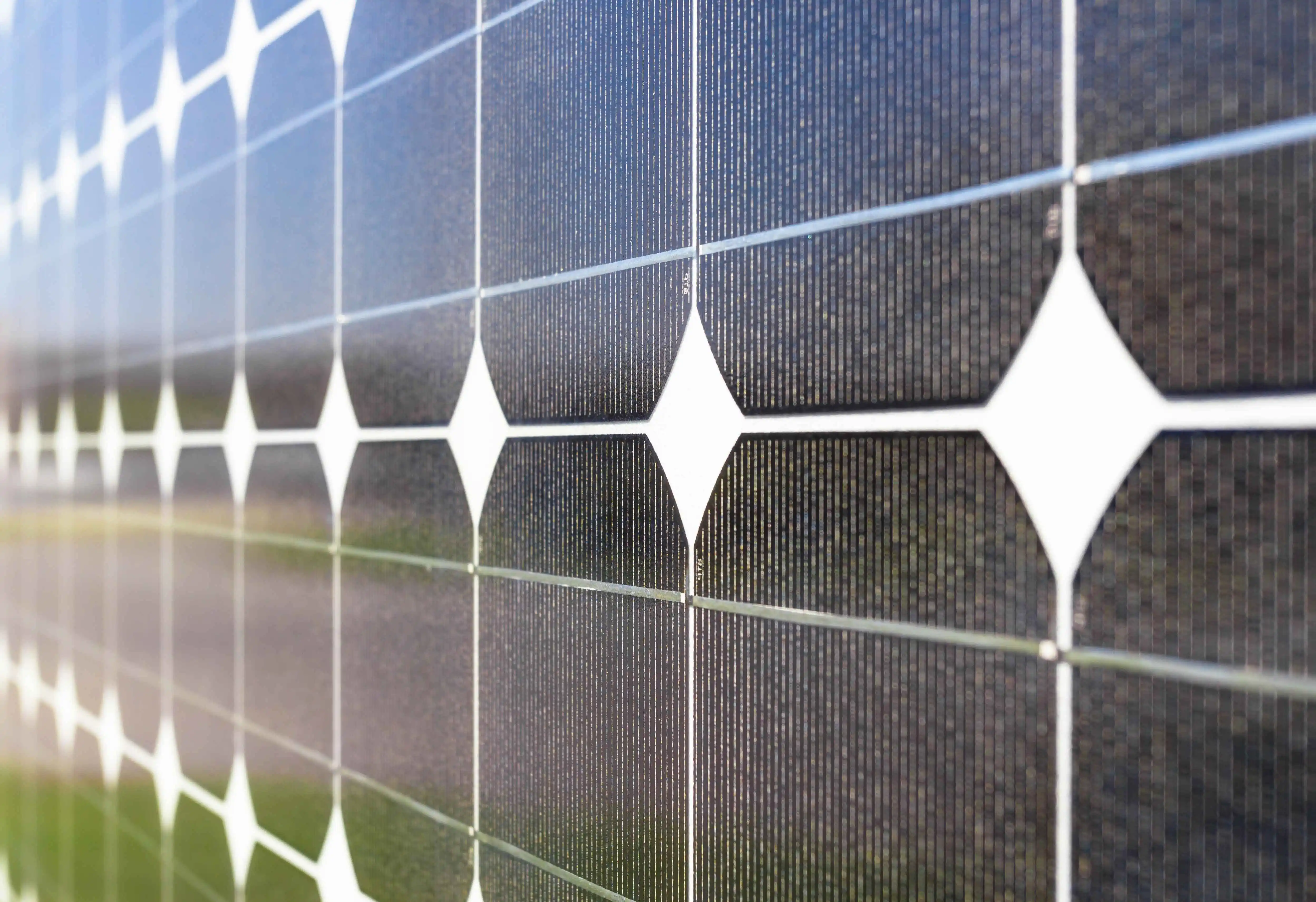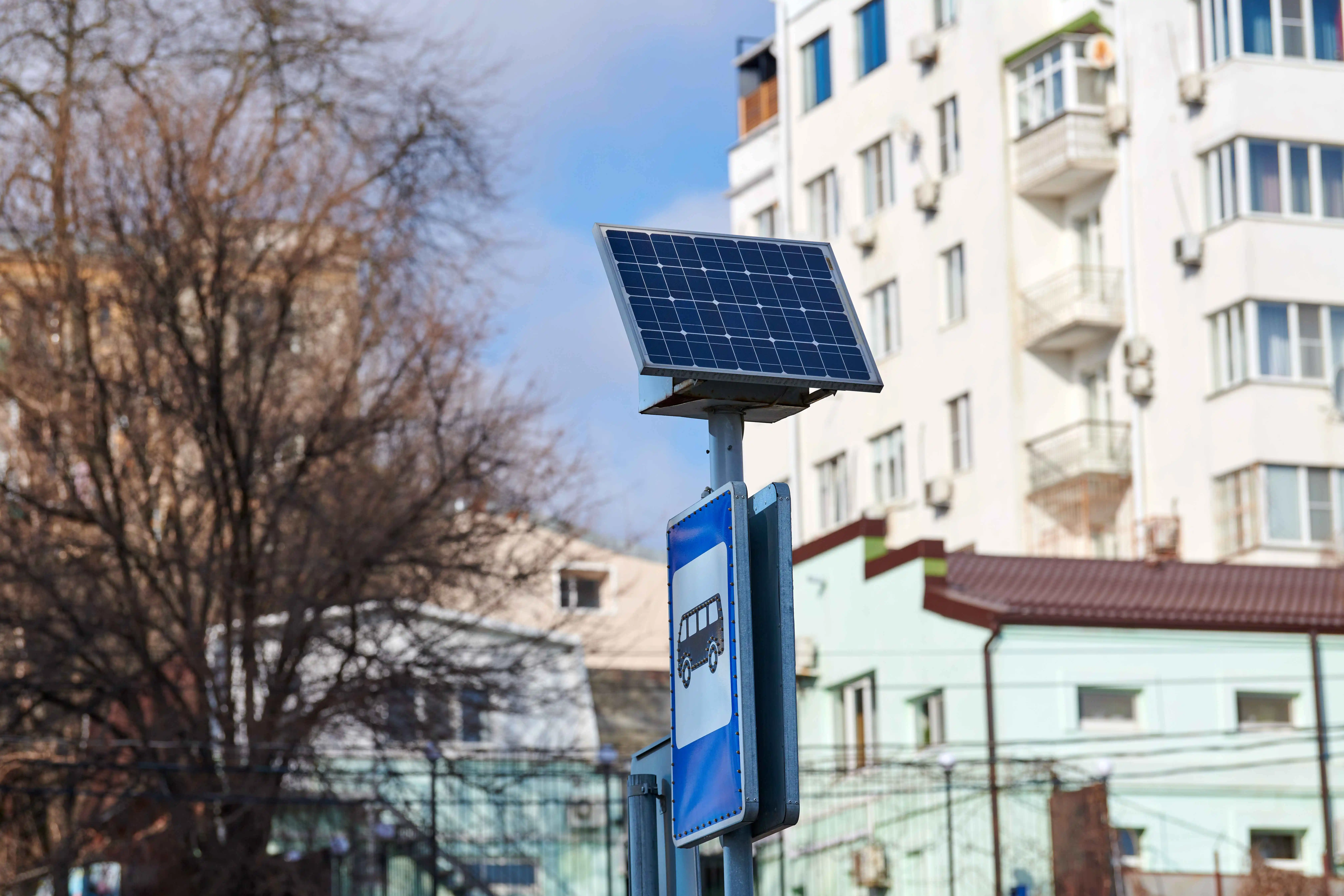In recent years, the shift towards renewable energy has gained significant momentum globally, with solar power at the forefront of this transformative movement. In Saudi Arabia, a nation rich in sunlight but also known for its substantial oil reserves, the question arises: is investing in solar power truly worth it? As we explore the potential return on investment (ROI) for solar panels in this sun-drenched region, it’s crucial to understand the financial, environmental, and societal impacts of such a decision.
If you’re contemplating setting up solar panels in your space, several pivotal questions likely cross your mind:
– What are the financial benefits of solar power in Saudi Arabia?
– How long will it take for the investment to pay off?
– What factors should I consider to maximize the returns from my solar panels?
This article aims to answer these questions by delving into the specifics of solar power ROI in Saudi Arabia. Whether you are a homeowner, business, or government entity, understanding the economics of solar energy can guide your investment decisions towards a more sustainable and profitable future.
Understanding Solar Power ROI in Saudi Arabia
Average Solar Power ROI in Saudi Arabia and Comparison with Worldwide
The return on investment (ROI) for solar power in Saudi Arabia is notably favorable due to the country’s high solar insolation levels and growing incentives for renewable energy. On average, the ROI for solar panel installations in Saudi Arabia ranges from 15% to 25%, significantly higher than the global average, which hovers around 10% to 15%. This enhanced ROI is attributed to the abundant sunlight, which ensures consistent and efficient energy production throughout the year.
How Solar Power Pays for Itself?
Solar power systems pay for themselves through a combination of energy savings, government incentives, and potential revenue generation. Here are the key ways in which solar power investments yield returns:
Energy Savings: By generating electricity on-site, solar panels reduce or even eliminate your electricity bills, leading to substantial savings over time.
Government Incentives: In Saudi Arabia, initiatives such as net metering allow you to sell excess electricity back to the grid, further enhancing the financial benefits.
Increased Property Value: Properties equipped with solar panels tend to have higher market values, making them more attractive to buyers and investors.
Environmental Impact: While not directly financial, the reduced carbon footprint and contribution to sustainability goals can have long-term economic and societal benefits.
Average Solar Power Payback Period
The solar power payback period represents the time it takes for the savings generated from a solar panel system to cover the initial investment costs. In Saudi Arabia, this period typically ranges from 4 to 7 years, which is comparatively shorter than in many other regions of the world, where it can often exceed 10 years. The relatively short payback period in Saudi Arabia can be attributed to several key factors:
- High Solar Radiation: Saudi Arabia’s geographical location ensures high levels of sunlight year-round, which increases the electricity generation potential of solar panels and accelerates the payback period.
- Decreasing Costs of Solar Technology: The global decline in the prices of solar panels and related technology over the past decade has made solar installations more affordable and financially attractive.
- Government Incentives and Policies: The Saudi government’s initiatives to support renewable energy through subsidies and incentives, such as feed-in tariffs and tax rebates, effectively reduce the initial investment and operational costs for solar power.
To illustrate these points, let’s look at a table that outlines the estimated payback periods in Saudi Arabia compared to global averages, along with the key influencing factors:
Factor | Impact in Saudi Arabia | Global Comparison |
|---|---|---|
Solar Radiation | Very High (accelerates payback) | Variable (often lower) |
Cost of Solar Technology | Decreasing (reduces costs) | Decreasing |
Government Policies | Supportive (shortens payback) | Variable |
Initial Investment Costs | Lower due to subsidies | Generally higher |
Electricity Rates | High (increases savings) | Variable |

Calculating Your Solar Power ROI in Saudi Arabia
When considering the investment in solar panels, calculating the return on investment (ROI) is critical to understand the financial benefits.
Step-by-Step Calculation
- Determine Initial Costs: Sum up all expenses related to the installation of your solar system, including the cost of solar panels, inverters, installation labor, and any additional system components.
- Estimate Annual Savings: Calculate the money saved annually from using solar power instead of purchasing electricity from the grid. This requires knowing your current electricity rates and the expected output from your solar panels. The formula to estimate annual savings is:
Annual Savings = Annual Electricity Production × Electricity Rate - Consider Incentives: Include any government incentives, tax credits, or rebates that reduce your initial investment. These incentives directly affect your overall costs and subsequently improve ROI.
- Calculate Payback Period: This is the time it takes for the savings from the solar system to cover your initial investment. The formula is:
Payback Period = Initial Costs / Annual Savings - Estimate Lifetime Savings: Multiply your annual savings by the lifespan of your solar system (typically 25-30 years) and then subtract the initial costs to find the total financial return over the lifetime of your system:
Lifetime ROI = (Annual Savings × System Lifespan) - Initial Costs
Example Calculation
Suppose you invest $10,000 in a solar system in Saudi Arabia. If your system produces 5,000 kWh per year and the electricity rate is $0.12 per kWh, your annual savings would be:
Annual Savings = 5,000 kWh × $0.12/kWh = $600If you received $2,000 in incentives, your effective initial cost would be $8,000. The payback period would then be:
Payback Period = $8,000 / $600 ≈ 13.33 yearsFor a system lifespan of 25 years, the total ROI calculation would be:
Lifetime ROI = ($600 × 25) - $8,000 = $7,000This simplified example shows how solar power ROI in Saudi Arabia can be a financially beneficial investment, particularly when you consider the high solar radiation levels and supportive government policies in the region.
Conclusion
Investing in solar power in Saudi Arabia is highly advantageous. The country’s abundant sunlight and supportive government policies lead to high solar power ROI and short payback periods (4–7 years). Lower costs for solar technology and incentives like net metering enhance these benefits.
Final Thoughts on Solar Panel Investments
Solar power is a smart financial and environmental investment in Saudi Arabia. The high ROI and additional long-term benefits, such as increased property value and reduced carbon footprint, make solar panels a wise choice. Saudi Arabia’s push for renewable energy further supports this investment.





